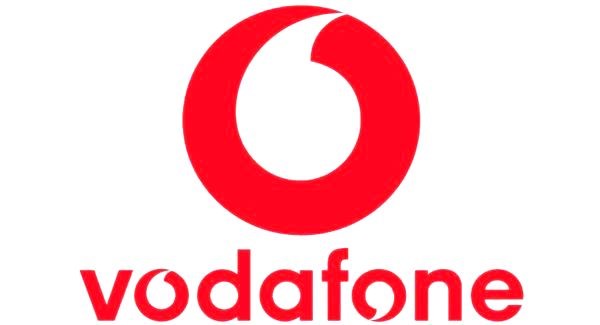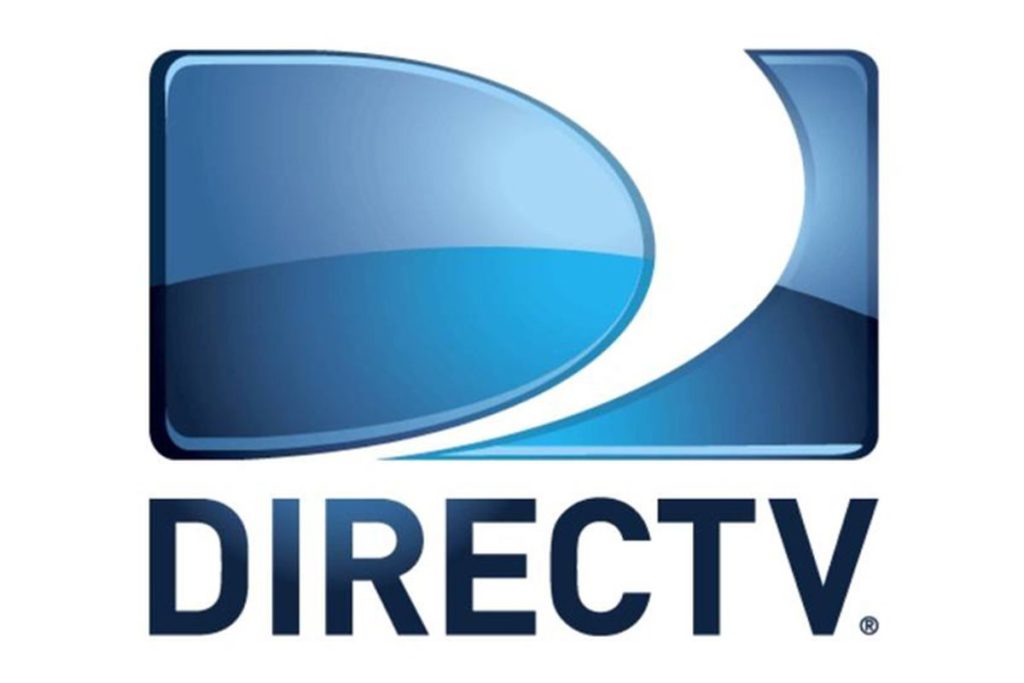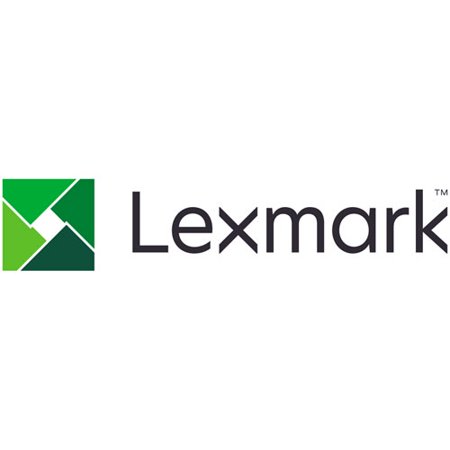Pricing is a challenging process even for well-known brands. Because firms are not competing in a stable environment, they need to respond to rapid changes and change their pricing strategy. Information technology has helped firms to implement their strategies and increase their revenue and customer satisfaction. In this blog, we would see how different companies changed their strategies by proper use of information technology.

GIANT FOOD (Grocery store)
https://www.giantfoodstores.com
Challenge: Product pricing in the right way and forecasting market changes
The pricing and distribution system of the company was an old system that could not be responsive to the fast-paced retail market with the increasing competition. On the other hand, pricing usually requires an expert human, and it was difficult to predict market changes in these conditions.
Solution: Using Business Intelligence Decision Systems. To solve this challenge, GIANT FOOD has used the DemandTec system. This system is able to predict customer demand by analyzing a huge amount of competitive data and sales terminals. It also eliminates the need for an expert human for pricing with a comprehensive codification of pricing rules, the pricing process is done automatically. The GIANT FOOD system also enables to predict the effects of price changes and other improvements and changes ahead before the supply of the product to the market. It adopts a decision commensurate with the exact information provided by these predictions and chooses the proper strategy. By using this decision maker, the company has doubled its returns.

Vodafone
http://www.vodafone.com/content/index.html
Challenge: Losing the market share of customers due to the rapid entry and growth of competitors.
The company is one of the top telecom companies in New Zealand, which holds about 50% of the market share. The entry of rivals and their rapid growth in the company’s market has threatened to cut the recruitment rate of new customers as well as the loss of old customers.
SOLUTION: The company, with the benefit of the data warehouse system from EDW, has been able to integrate data from different parts of the company into segments and provide an integrated view of the company’s entire data. The use of data warehouse led the company to the analytical marketing and led to the provision of analytical queries for different parts of the company, and could be used by suitable customers and marketing tools for each one. The company formed the Department of Customer Knowledge Analysis for market research, which, using data warehouse and data analysis, has survived in the competitive environment of the market and remains one of the top companies in the field. Utilizing the data warehouse, in addition to data integration, has streamlined marketing processes as well as better use of the company’s human resources, eliminating the need for several specialists to manage data.

DirecTV
www.directv.com
Challenge: Huge volume and growing transactional data
The company is a satellite television service provider. With around thirteen thousand employees across the United States and Latin America, the company attracted around fifty million subscribers in 2008. With this volume of activities and subscribers, the company faces a large amount of data. On the other hand, company executives needed real-time reports from various sectors such as marketing and sales, customer services, and the technology sector for business decision-making.
SOLUTION: Despite the company’s use of the data warehouse system, due to fact that the system was out of date, and the provision of information and reporting on a daily basis, the managers’ need for quick reporting was not satisfactory. By using the new data warehouse system, data updates were reduced to fifteen minutes. This has led to significant changes in the company. For example, in a sales unit, a sales staff employee can immediately recapture the client by taking into account the proper strategy and offering appropriate proposals (higher quality, discount, etc.) by immediately observing the customer’s report. Utilizing this system will increase the company’s competitive advantage and decrease costs.

HP
www.hp.com
Challenge: Need to analyze non-structured data
It provides services, solutions, products, and technologies globally for individuals, large, and small organizations. The company’s most prominent products include personal and business computers, pocket computers, printers, and more. A large number of customers are contacted through email with the company. These emails contain important information such as customer feedback, their evaluation of service and product quality, and the type of customers that they are affiliated with. There is a large amount of this kind of unclaimed data, without analytical use, in different companies. Data mining can extract this vast amount of valuable data.
SOLUTION: HP has been able to extract valuable information from emails and customer comments by utilizing its tools. With a precision of 80% in extracting information from texts, this highly acclaimed system is now used by various parts of the company for targeted marketing and a better understanding of customer needs.

Lexmark
Challenge: The need for accurate and up to date information to support decision-making, and implementation of proper strategies in competitive conditions.
This international company is a global manufacturer of printed products with over 50 sales representatives in more than 160 countries. Given the competitive conditions of the market and the need for up to date and accurate business decisions, company managers needed quick and accurate information, which was not possible with the company’s old information systems. For this company, access to sale information, inventory levels, and information exchange with sales representatives are critical.
SOLUTION: The company was able to efficiently face this challenge by purchasing software for retail business intelligence that is compatible with stores and retailers. By providing the ability to analyze sales data and inventory of different departments, this system made it possible to access accurate information for employees throughout the company. Using this system, managers were able to accurately respond to queries such as the top store last week, in terms of sales, bestsellers, inventory levels per product, and more. Using this system has led executives to make better strategic decisions by better understanding their business processes, facilitating identification of new opportunities to attract customers, and choosing strategies to increase customer loyalty.

Toyota Motor Sales
Challenge: poor performance in satisfying customers, high costs
Toyota Motor Company in the USA is a subsidiary of Toyota’s massive car dealership. In the late 1990s, the company was faced with problems in its supply chain. On the other hand, the inability to deliver the car to the dealerships on time was a matter of discontent with them, and the purchase from rival companies such as Honda was followed. The management of the transportation sector required close follow-up and accurate management of the supply chain, requiring accurate information and reporting to conduct this follow-up and effective management. The fact that the process was done manually or in some places using the old information systems caused the overlap of reports, inaccuracy in the provided information, and the slow process of data transfer.
The solution: The company set up data warehousing as an essential need for the company’s management. In 2000, with the upgrade of the data warehouse and Oracle data warehouse system as well as the Hyperion business platform, which had management dashboards, the company reached its goals. They increased 40% in the capacity of the car delivery with only a 3% increase in the cost and a 5% reduction in the time of transportation, as a result. The benefits of using the system in this section of the company encouraged Toyota executives to use the system in other sectors as well. The results showed that using Toyota’s business intelligence has led to a return on investment of 506 percent.

Egg
www.Egg.com
Challenge: The need for customer information for effective marketing
Egg is one of the world’s largest online banks servicing over 3.6 million online banking customers. Appropriate storage and customer data analysis is required to provide access to customer information and to prevent delays in the provision of services.
SOLUTION: By using the Customer Data Warehouse (CDW) the company was able to collect customer information in a comprehensive way, and with the use of these data, data mining tools were used to generate valuable reports and analyzes. Using this system Creating marketing campaigns using real-time data and customer segmentation was effectively implemented to implement strategies for each customer segment.

1,800 flowers
www.1800flowers.com
Challenge: The need to reduce costs, increase customer loyalty and encourage customers to come back.
This online business, which began as a florist, went on to become an online retailer and became one of the top brands in the field. This e-commerce business, like other customer-oriented businesses, needed to attract and keep customers, and as a result, needed customer information for real-time decision-making. To increase customer loyalty and attract new customers.
Solution: Using the SAS data mining tool, the company has been able to discover customer purchasing patterns and use this knowledge in its business practices. The use of a recommender system for old customers and the proposal to buy items based on customer purchasing history has increased customer loyalty to this online retailer. Additionally, by using the knowledge generated by the marketing process data mining process more efficiently, and taking into account potential customers, the company gained enormous profit while competitors were trying to stay on the market.
Source: E. Turban, R. Sharda, J. E. Aronson, and D. King, Business intelligence: A managerial approach. Prentice Hall, 2008